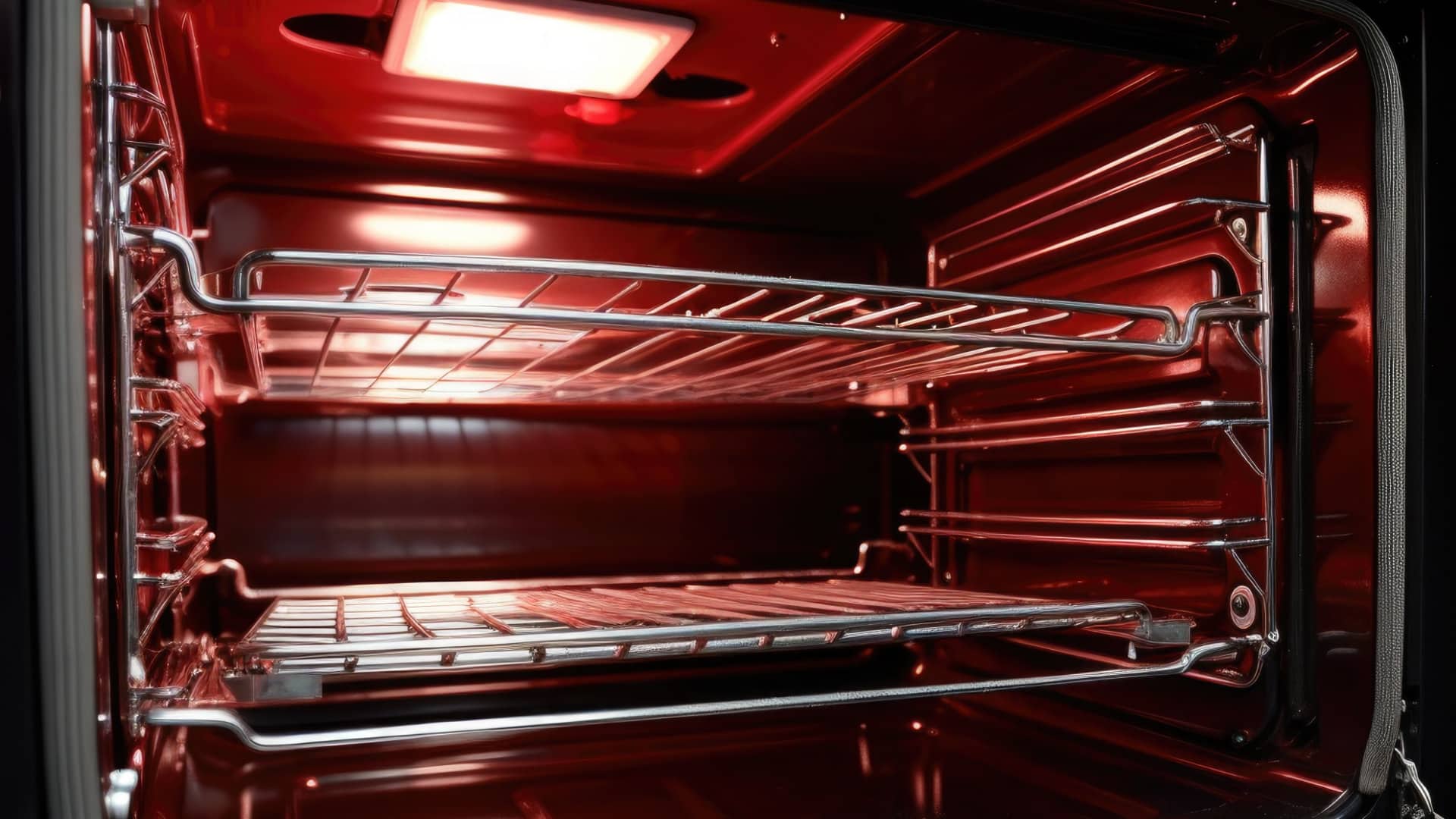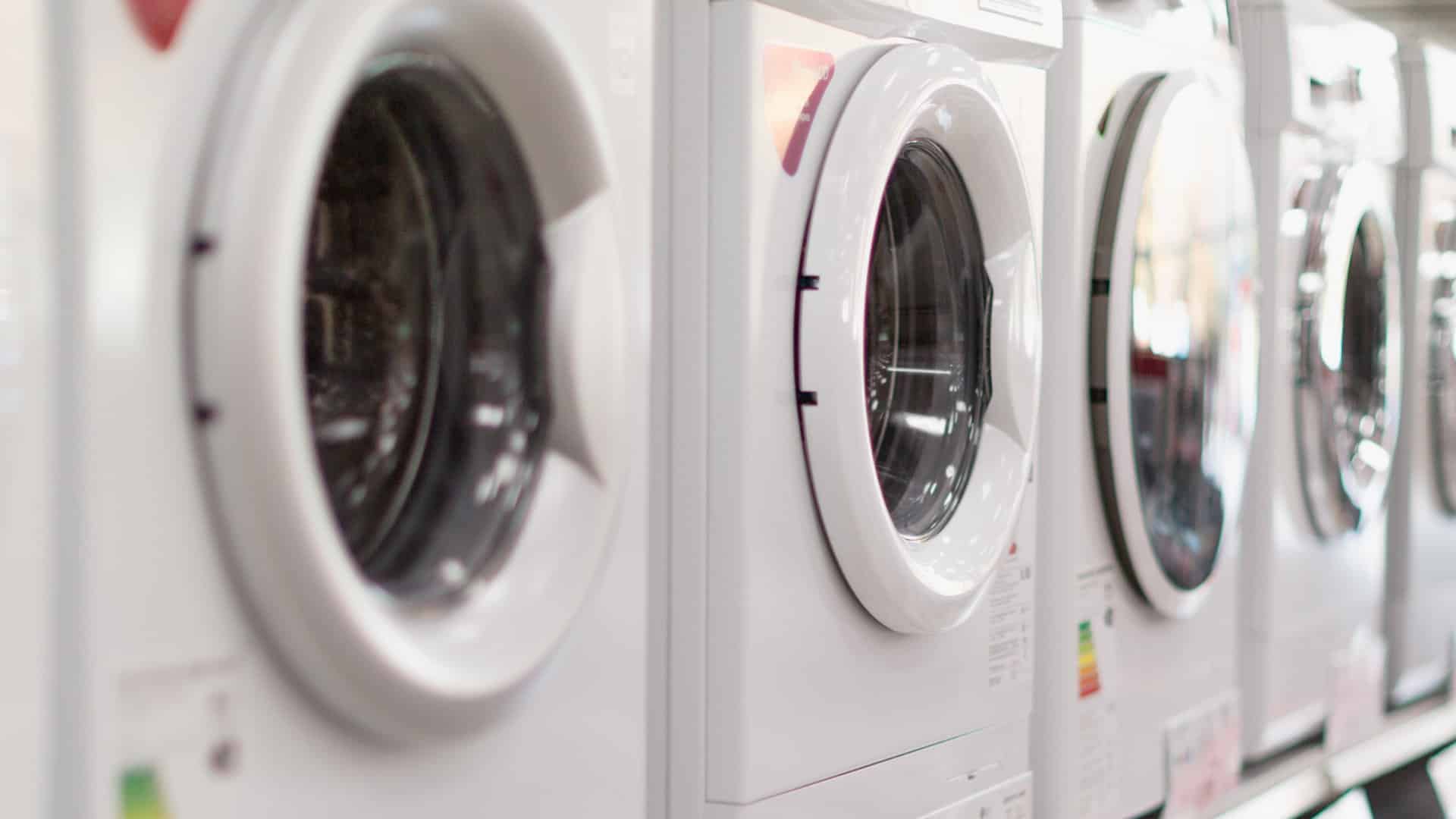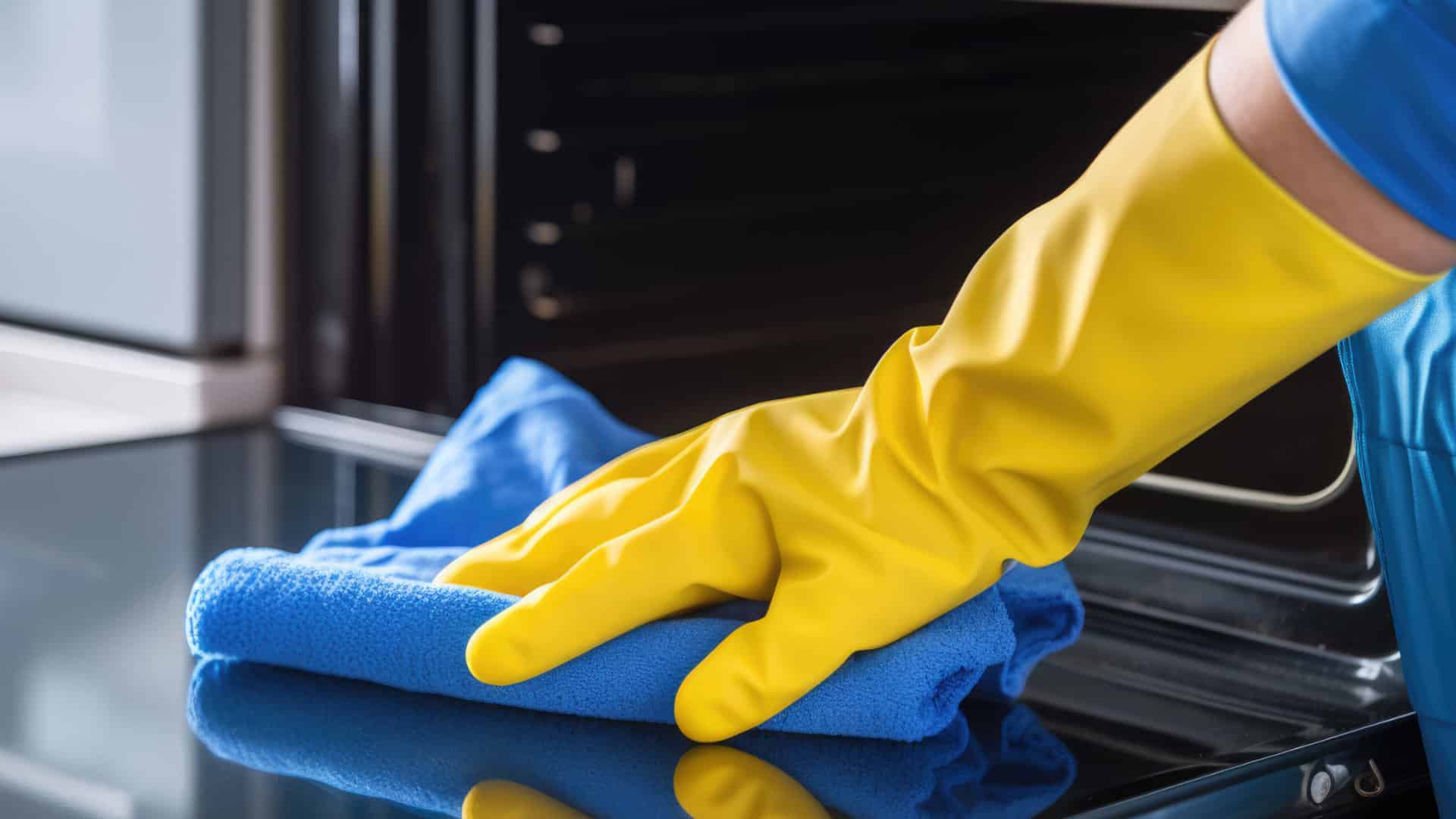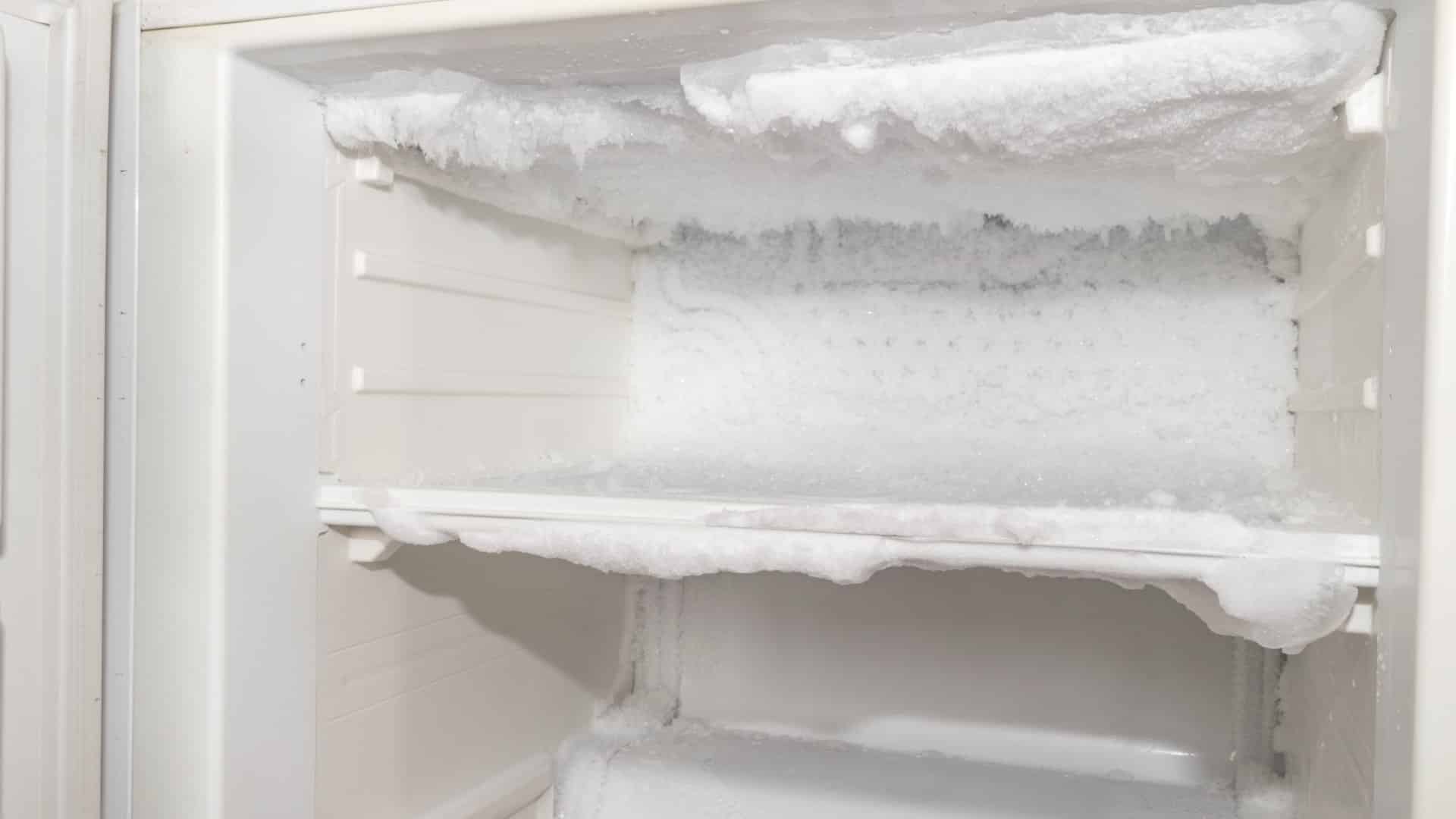
The self-cleaning function on modern ovens has long been hailed as a convenient innovation, promising to eliminate the grueling task of manually scrubbing away baked-on food and grease. It’s an appealing feature for busy homeowners, promising a spotless oven with minimal effort. However enticing as it may seem, there are compelling reasons to think twice before activating your oven’s self-cleaning function.
In this article, we’ll explore four important reasons that may make you reconsider using this feature and opt for alternative cleaning methods. While self-cleaning ovens offer undeniable benefits, they also come with their fair share of drawbacks and potential risks that shouldn’t be ignored.
At the end of the article, we have included instructions for manually cleaning your oven using baking soda.
1. It can create a health hazard
When you engage the self-cleaning cycle in your oven, it undergoes a process that involves reaching exceedingly high temperatures. This process can create a health hazard in your home. Specifically, the Teflon coating inside your oven may emit potentially harmful toxins as it heats up. One of the most significant concerns is the emission of carbon monoxide, a colorless, odorless, and tasteless gas that poses serious health risks. The potential repercussions extend to respiratory health, particularly for individuals with preexisting conditions like asthma or other respiratory problems.
Taking certain precautions to minimize the risk is crucial if you use the self-cleaning function. Be sure to open doors and windows during the self-cleaning cycle to allow for proper ventilation. You should also isolate your kitchen from the rest of your home to prevent these toxins from spreading throughout your living space if possible.
2. Can create a fire risk
Self-cleaning ovens, while convenient, can pose a fire hazard if not handled with caution. These ovens reach exceptionally high temperatures during the self-cleaning process, and if there is substantial food debris or excessive grease residues inside, they can ignite. While the oven’s locked door may contain the fire, it can still cause significant damage and pose a health risk. For example, a fire in the oven can trigger a blown fuse, potentially igniting a fire in the control panel, which can be very expensive to replace.
If you use the self-cleaning function in your oven, it’s crucial to ensure it is free of large food particles and grease deposits before initiating the cycle. This preventive measure can go a long way in safeguarding your home from potential fire hazards associated with self-cleaning ovens.
3. Can damage oven parts
The extremely high temperatures can also significantly damage critical components. Vulnerable parts include the door lock mechanism, thermostat, thermal fuses, and the main control board. This damage arises from the excessive heat generated during the cleaning process. These components can be costly to replace.
While occasional use of the self-cleaning function is generally okay, frequent or excessive use can cause prolonged stress on these internal components, ultimately leading to their deterioration. It’s essential to strike a balance to ensure your oven remains in good working condition and to avoid the costly repairs that may result from overuse of this convenient but potentially damaging feature.
4. It can become a hazard for children and pets
If you have young children or pets, keeping them well away from the oven when undergoing a self-cleaning cycle is crucial. The primary concerns involve the risk of burns from touching the hot oven and exposure to harmful substances like carbon monoxide. While there is a rare chance of the oven’s glass door shattering due to the intense heat, this occurrence is infrequent.
To guarantee their safety, it’s advisable to prevent children and pets from accessing the kitchen altogether during the oven’s cleaning cycle. These precautions are essential to minimize potential hazards associated with the self-cleaning process.
How to clean your oven manually
If you don’t want to use the self-cleaning function in your oven, the good news is cleaning it manually is very straightforward. You only need baking soda, water, rubber gloves, a cloth, a spray bottle, and white vinegar.
Here’s how to deep clean your oven without using the self-cleaning function:
- Clear the oven: Remove all oven racks, oven thermometers, baking trays, and any other items inside the oven. You can place the racks in hot, soapy water in your sink to let them soak.
- Create a cleaning paste: Make a baking soda paste by mixing 1/2 cup of baking soda with a few tablespoons of water in a small bowl. You can then mix it together to create a paste. If necessary, adjust the ratios until you have a spreadable paste.
- Apply the paste: Put on a pair of safety gloves and carefully spread the paste on all interior surfaces of the oven except for the heating elements. Once applied, leave the paste for a minimum of 12 hours. During this time, it will bake onto the surfaces of your oven and lift up any grease and grime.
- Clean the oven racks. Clean the oven racks once the paste has been applied to the oven. Regular dish soap should be enough to remove grease and grime from them, but you can also use a couple of tablespoons of baking soda if necessary.
- Clean the oven: After the paste has been left for 12 hours, use a damp cloth to wipe away as much of the dried baking soda paste as possible. You can use a plastic or silicone spatula to help remove stubborn spots.
- Clean with vinegar: Make a white vinegar cleaning solution by pouring a few drops of vinegar into a spray bottle with 1 cup of warm water. Spray and wipe the inside of the oven to remove any leftover baking soda paste.
- Finish up: Once the oven is clean and shiny, return the oven racks and any other items you had inside. You can then use your oven again.

LG Washer LE Error Code Explained

5 Reasons Your Oven Is Not Heating Up

What Temperature Should a Freezer Be Set At?

How to Fix the Whirlpool Washer F9 E1 Error Code

How to Solve Frigidaire Dishwasher Lights Blinking

Resolving the LG Washer UE Error Code (3 Easy Fixes)

Replacing an Over-the-Range Microwave with a Range Hood

How to Get Burnt Smell Out of Microwave (In 2 Easy Steps)

7 Reasons Why Your Bosch Ice Maker Is Not Working

Why Does Your Self-Cleaning Oven Smell?

Why Is Your Whirlpool Cabrio Washer Not Spinning?

Why Does My Refrigerator Make Noise?

Troubleshooting the F2 Error Code on a Whirlpool Oven

Rust Inside Microwave: Causes, Fixes, and Prevention Tips



